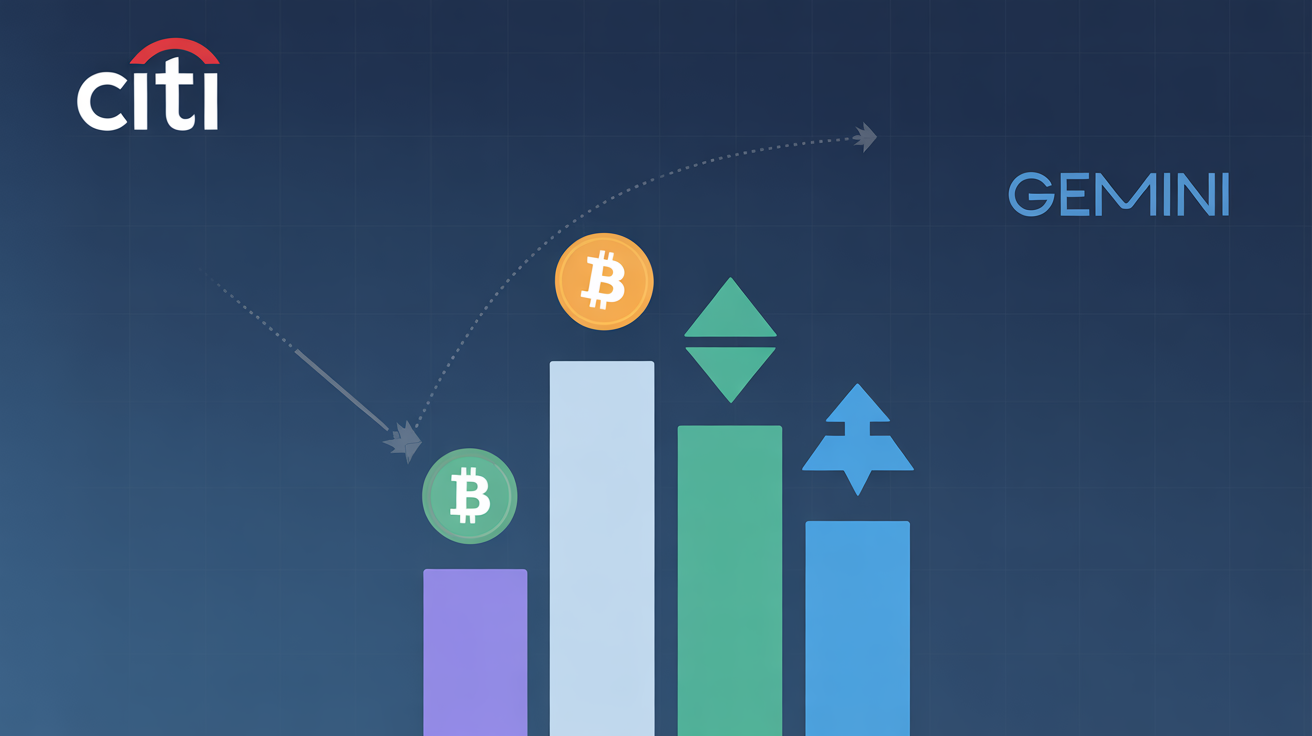
USD.AI Turns Stablecoins Into Loans for GPUs, Bridging DeFi and AI
DeFi is awash with stablecoins earning Treasury-like yields, while smaller AI developers struggle to secure financing for data centers and GPU infrastructure. USD.AI, a new stablecoin protocol, aims to close that gap by transforming idle crypto liquidity into loans for the hardware that powers artificial intelligence.
According to a Dune Dashboard, USD.AI now has roughly $345 million in circulation. The protocol backs its synthetic dollar with short-term credit tied to NVIDIA GPUs housed in data centers rented to AI developers. These GPUs generate revenue by selling compute time for AI model training and inference, with cash flows servicing the debt that funds them. Lenders earn yield from repayments rather than token emissions, while borrowers gain access to specialized financing that exceeds typical retail credit limits.
USD.AI operates through three interconnected mechanisms designed to bring real-world credit on-chain:
- CALIBER – The legal and technical bridge linking physical GPUs to their on-chain representations. Each financed GPU is stored in an insured data center and documented under U.S. commercial law, then tokenized as an NFT that represents a legally enforceable claim on the hardware. Loans are issued against these tokenized receipts, ensuring on-chain capital funds off-chain equipment backed by real collateral.
- FiLo Curator – Responsible for underwriting and managing GPU loans. Curators post first-loss capital, absorbing initial defaults before lenders are affected. This decentralized structure aligns incentives: curators profit only when borrowers perform.
- QEV (Queue Extractable Value) – Manages liquidity by queuing redemption requests. Users who wait are repaid gradually from monthly borrower repayments, while those seeking faster exits can pay a premium to move up the line. This system compensates patient lenders and preserves the solvency of the loan book.
Currently, staked sUSDai yields range from 13% to 17%, supported by repayments from GPU operators rather than emission-based incentives or leverage loops.
USD.AI’s backers describe the project as a prototype for a broader “InfraFi” model—decentralized infrastructure finance—that could eventually extend to renewable energy or decentralized computing networks. For now, its success depends on whether GPU leasing economics—reflecting AI demand—remain strong enough to sustain repayments.
If the model holds, USD.AI could become DeFi’s first large-scale bridge between on-chain capital and the real-world machinery powering artificial intelligence.






